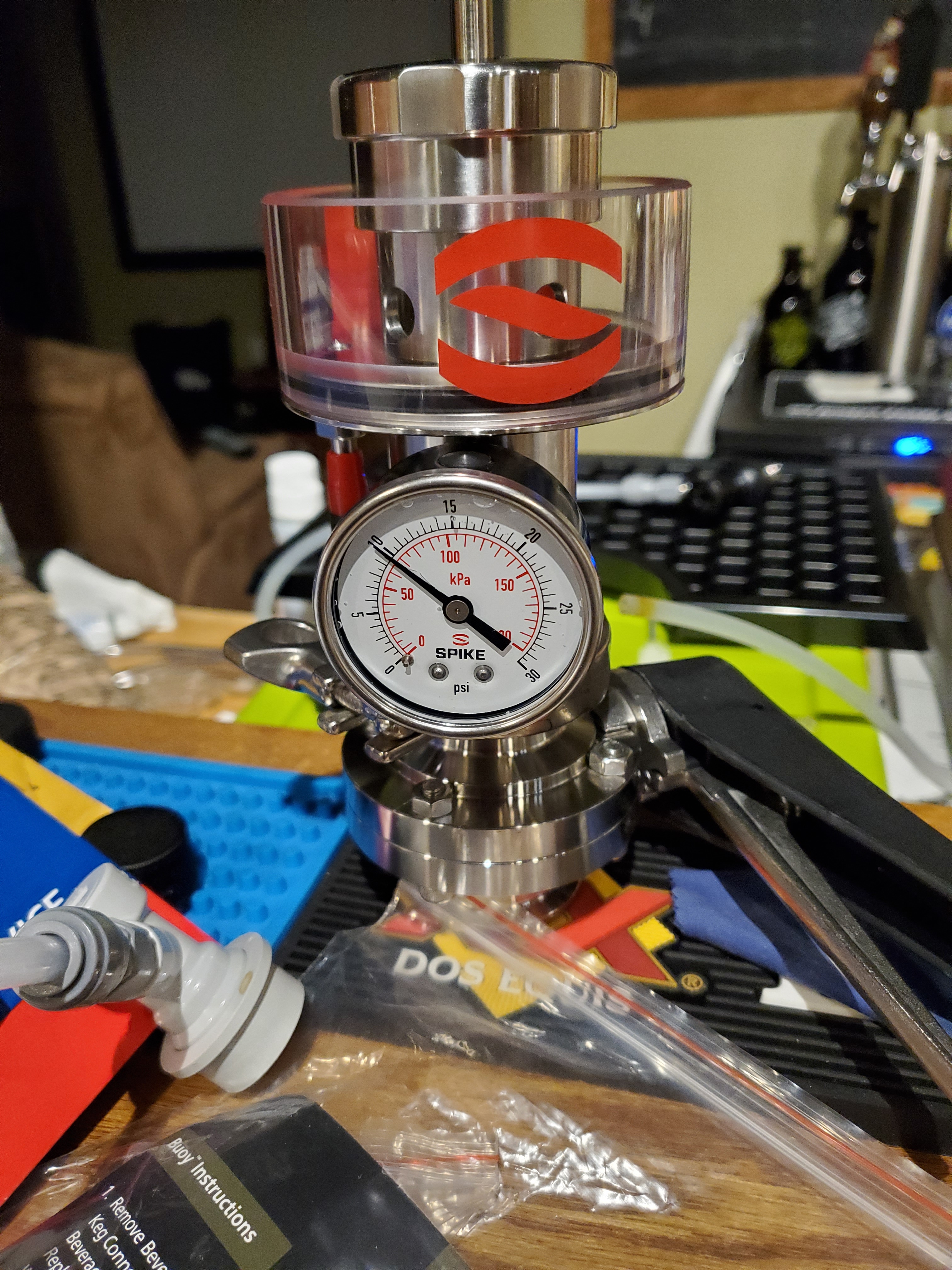Darth_Duane
Active Member
- Joined
- Aug 2, 2015
- Messages
- 35
- Reaction score
- 14
Is there a reason for putting the butterfly valve at the top and not at the end? If you have any sealed sections with air it's going to be impossible to avoid oxygen ingress. I always put my valve at the end of the line and just let the trub fill the elbow.Hey all,
So I have maybe screwed up a batch just now in my conical and hoping for some feedback here.
I have a butterfly valve directly on the bottom of my conical, normally I dump from there but have just not changed to a diaphragm valve to control the dump speed better.
Now at day 7 I hooked it up as following
Butterfly valve -> elbow -> sightglass -> diaphragm valve - tubing thread out.
I was concerned that I would get a bubble floating into my tank as I opened the butterfly valve, but since I have about 4psi of pressure on the head of the tank left (not connected to gas), I was assuming that the bubble would come out through the bottom as I opened the diaphragm valve.
Once I cracked the butterfly valve however and started turning the diaphragm valve, I could hear a bubble escape into the tank.
I did not purge the new connected setup as I did not think there would be a bubble going into the tank with head pressure.
Did I not have enough pressure in order to prevent the bubble from escaping?
Should I have the diaphragm valve open when I crack the butterfly?
I hope this one bubble didnt wreck my beer, anyone has a similar experience? I'm leaving the beer on 21c for now hoping the yeast will absorb any DO that got into the beer.
Cheers everyone!
















![Craft A Brew - Safale S-04 Dry Yeast - Fermentis - English Ale Dry Yeast - For English and American Ales and Hard Apple Ciders - Ingredients for Home Brewing - Beer Making Supplies - [1 Pack]](https://m.media-amazon.com/images/I/41fVGNh6JfL._SL500_.jpg)










































